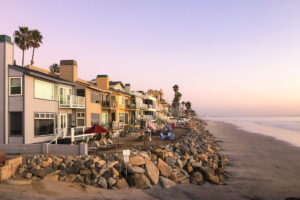 Investors can’t take their eyes off of the Western and Southeast U.S. apartment markets.
Investors can’t take their eyes off of the Western and Southeast U.S. apartment markets.
Multifamily investment activity has roared back after “a couple of weak quarters” during the pandemic, said Richard Barkham, global chief economist and head of Americas research at CBRE said at the recent GlobeSt.com Multifamily conference.
In the Western US, apartment rents are up and vacancy rates are down. Cap rates have continued to compress to the mid-4 percent range in the first half of the year, and Barkham predicts that there is more to come. The cap rate compression has come the most dramatically in suburban markets due to strong inward migration and investment demand, Barkham said that only time will tell if this is a temporary trend or a new normal in apartment demand.
There are positive trends in every US region across the country; even the big cities have rebounded, he noted.
Markets in the Southeast are leading in investment volumes. Atlanta specifically, was among the most active markets, raking in $6 billion in investment activity in the first half of the year. CGI+ was part of that activity. Earlier this year, in partnership with a family office we made one of our largest investments when we acquired a two-property multifamily portfolio in Atlanta for $144.75 million

